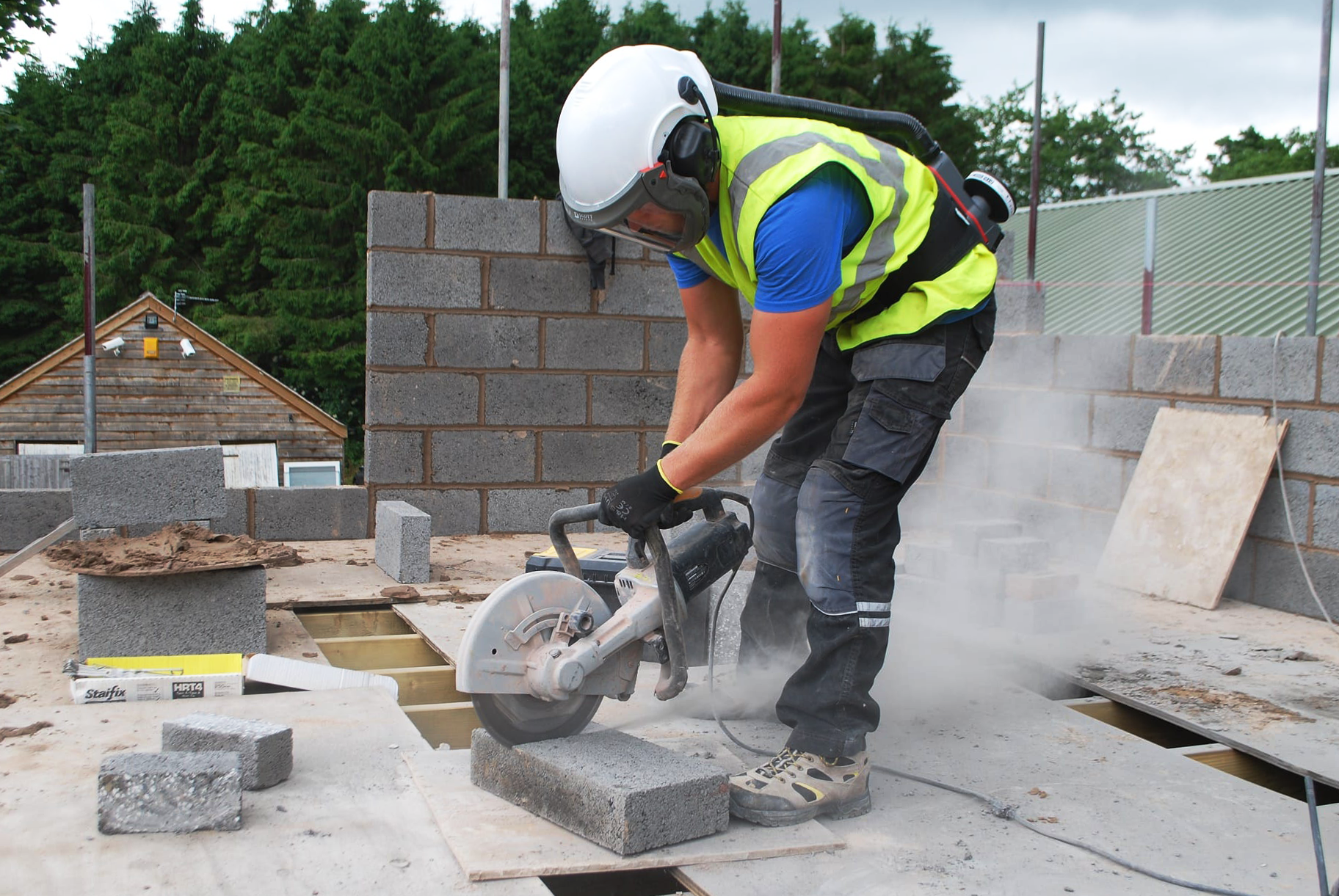
Throughout demolition and construction processes, dust clouds are a prevalent issue. Dust not only affects different activities on worksites, but it contributes to different health concerns and conditions. As such, the problems resulting from dust emissions affect the planning process of demolition works. That’s true if the site is located near public facilities, other buildings, structures, or busy public areas. The primary issues are that airborne dust clouds disperse during demolition. Fortunately, there have been major improvements in the technology used in demolition work, meaning dust control is becoming much easier.
Use dust suppression systems
These suppression systems are expertly designed to eliminate issues with dust for both large- and small-scale demolition sites. Also, using atomized misting units like those by BossTek provides a water curtain that prevents dust particles from getting released into the air. Using these dust control systems helps minimize dust and makes the demolition area cleaner. This also significantly helps improve the visibility in any work site. That means that your team can carry out demolition tasks safely.
Use of misting systems
For uncontrolled or outdoor projects that are far from populations, you can use the following measures to mitigate the dust. One is the use of mist water sprays to reduce the airborne dust from the demolition work and using additional water to suppress the dust, especially during dry weather. When used correctly, water can help dampen dust clouds. Also, you can use water to wet materials at the right levels beforehand throughout the demolition activity. Also, consider stopping demolition work on very windy days
Use HEPA filters
This is for highly sensitive areas such as special care patient areas or other places with vulnerable populations. Some of the mitigation measures include the use of an exhaust fan within the demolition site. Seal all air return vents from the construction area using plastic sheets. Install the plastic sheet from the top demising walls to the deck above the ceiling of the demolition site. The exhaust pipe should consistently be sized at a negative pressure of 0.02 inches of water pressure differential to the outside pressure. Also, apply HEPA filters for the exhausted air to prevent the dust particles from re-entering the construction building.
Monitor dust levels
Consider using air quality monitors to keep track of the concentrations and size of particles found in the air. Air quality monitoring is crucial in construction sites. Also, these monitors provide you with data when you’re looking to increase employees’ safety levels. When your project is continually producing high dust levels, then this calls for the implementation and use of dust suppression measures on your site.
The method of dust control on a construction site is determined by the location of the demolition site and the people around the area. Minimizing and preventing the dust levels on-site can help keep the air around the worksite cleaner. It is essential to seek professional advice and know the required rules and regulations of the area before performing demolition.



